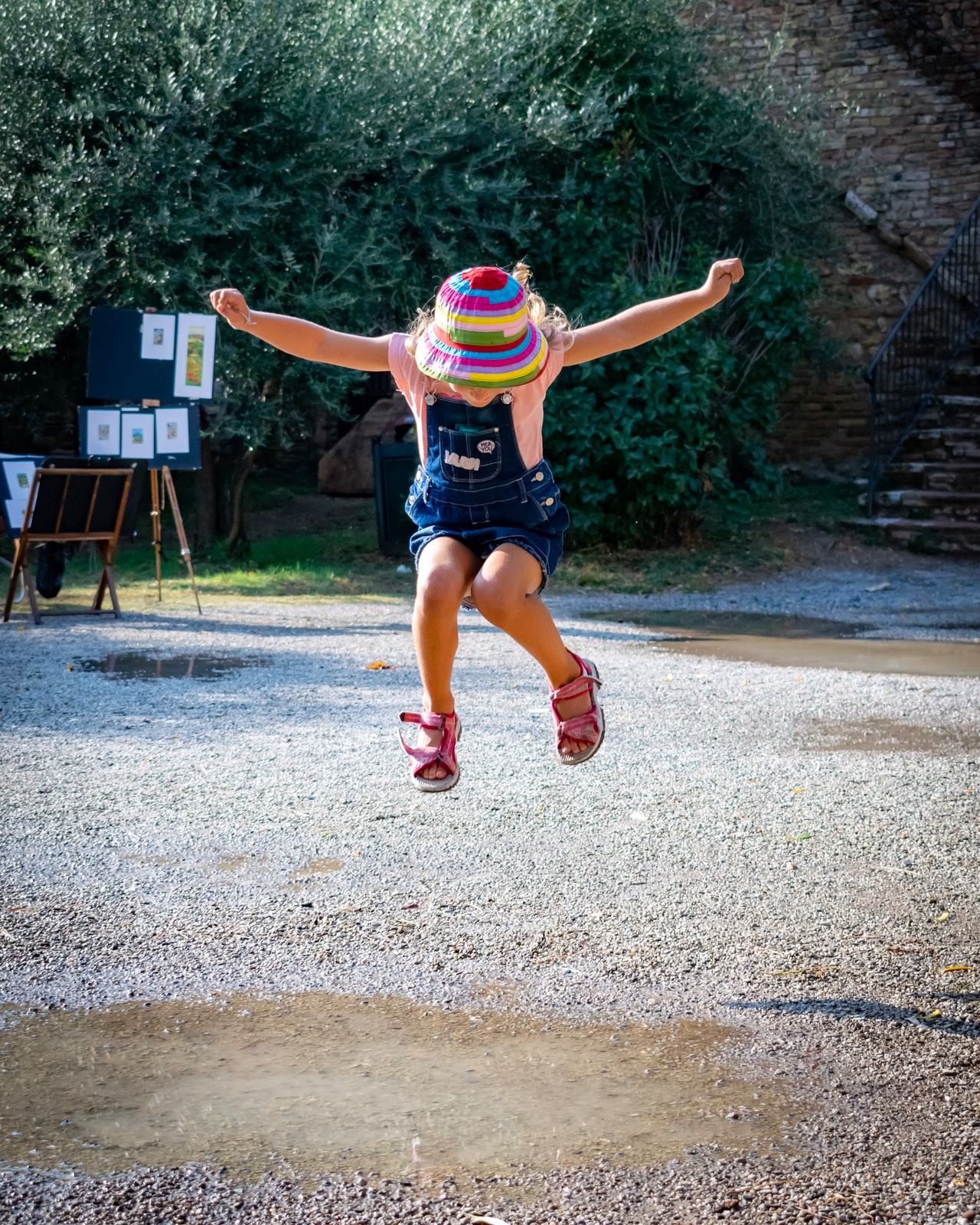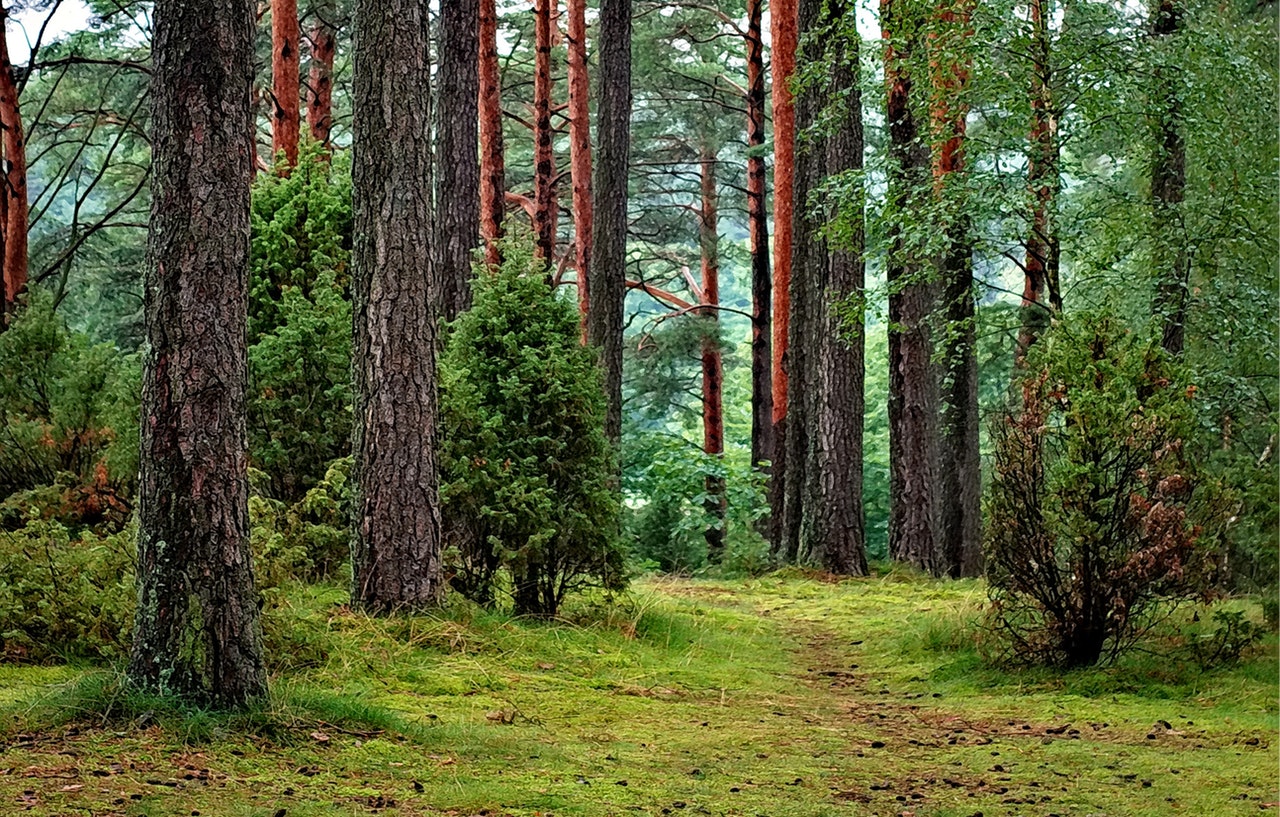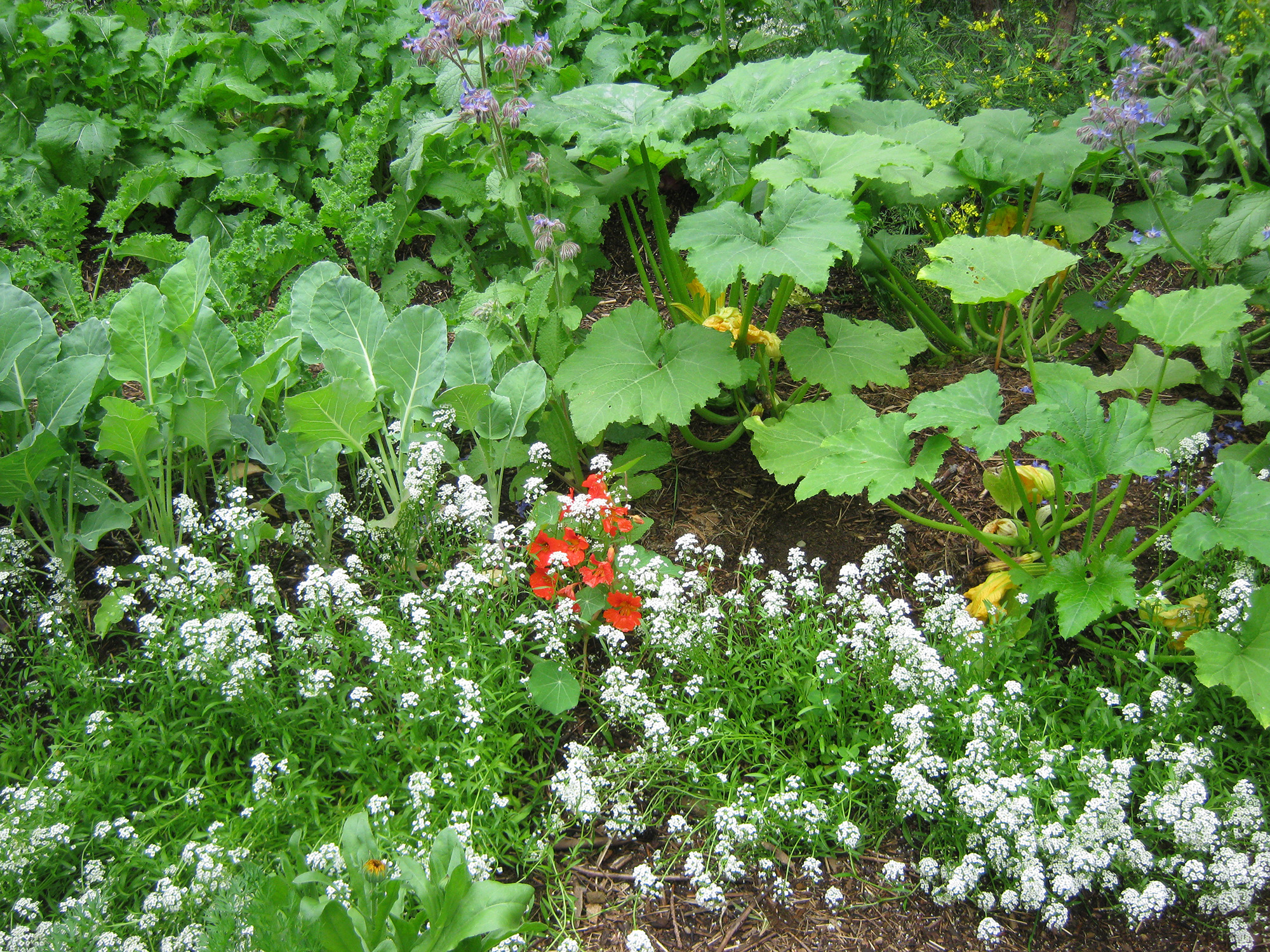
If you’re anything like me, you have done a considerable amount of leaping without looking, and jumping in with both feet. It’s how I roll. But, as I have learned from experience, that is quite often not so brilliant. By applying self-regulation, we just might save ourselves from making painful mistakes when setting up our permaculture system.
If we move onto a piece of property and see a lovely view that we would like to have as the view out our living room window, and decide that’s where the house will go, well . . . we might get lucky. Maybe it will turn out to be a good place for a house.
But it might be a terrible place for a house. If you haven’t spent a year on the property, observing it in all its seasons, you might not know that the winter wind barrels through that area like a freight train. Or that this is the area that water settles on the property, making it damp and problematic.

So, look – really look – before you leap into action. Having the permaculture principles list gives you a great place to start, and could help save you from making design mistakes that will cost you later. And THAT is the feedback.
Feedback comes in different forms, and from different places. It can be feedback that you’ve gleaned yourself from your observations; it can be feedback from an expert in the field; and it can be feedback from the systems themselves.
If you’ve put something in the wrong place, you will eventually know about it. Hopefully the feedback will be something small that is easily fixed; but sometimes it’s something big and expensive. And that’s why it’s important to apply self-regulation.
The first permaculture principle – observe and interact – is designed to set us up for success. Spending time observing and interacting with your property will give you so much indispensable knowledge. It gives you time to really think things through, and get it right the first time.
So the first bit of self-regulation you apply is taking the time to really get to know your property. Give yourself the time to try out a few designs on paper or the computer, move things around, and look at every element from all angles, in all seasons.

It is so tempting to just start building or planting – or whatever it is that you’re champing at the bit to do – and throw caution to the wind. But this is your one and only chance to get it right the first time, so rein that pony in and take your time. It will pay off in the end.
Listen to the feedback that the land itself is giving you; but make sure that the feedback you’re getting is relevant and correct. Your own observations are only useful if you know what you’re looking at.
You might think that you have found the place that water runs in the rainy season – but have you actually stood outside when it’s raining and watched the water flow? This is going to be your home, and it is up to you to know what’s going on, and to work out the best way to build and maintain the systems you want.
Self-regulation may not be very glamorous, but it’ll sure look sexy when you’ve finished building your permaculture system, and everything is in its proper place. Damn hot.
Health, Hope & Happiness
Tracy
